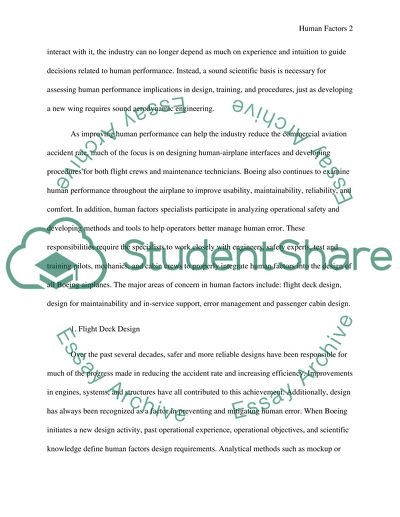Cite this document
(“Human Factors in Aviation Essay Example | Topics and Well Written Essays - 2000 words”, n.d.)
Retrieved de https://studentshare.org/sociology/1517443-human-factors-in-aviation
Retrieved de https://studentshare.org/sociology/1517443-human-factors-in-aviation
(Human Factors in Aviation Essay Example | Topics and Well Written Essays - 2000 Words)
https://studentshare.org/sociology/1517443-human-factors-in-aviation.
https://studentshare.org/sociology/1517443-human-factors-in-aviation.
“Human Factors in Aviation Essay Example | Topics and Well Written Essays - 2000 Words”, n.d. https://studentshare.org/sociology/1517443-human-factors-in-aviation.


